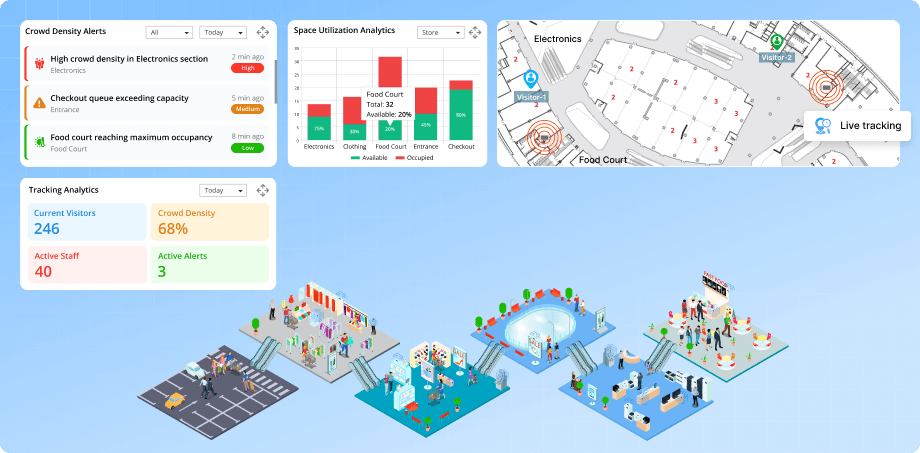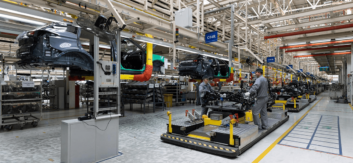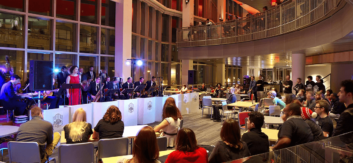Retail stores and malls face the challenge of managing large numbers of shoppers. To enhance customer experience, improve sales, and optimize store layouts, indoor tracking software provides real-time insights into visitor behavior and movement. For system integrators and resellers, this software presents an opportunity to help retail clients improve their operations and increase customer satisfaction.
Indoor Tracking for Retail Stores and Malls
Introduction
Challenges Faced by Retail Stores and Malls
- Crowd congestion: Popular areas like entrances, food courts, and checkout counters often become overcrowded. This leads to longer wait times and an unpleasant shopping experience.
- Inefficient space utilization: Without data on visitor movement, some store sections get overcrowded while others remain empty. Poor space management can reduce overall sales and shopper engagement.
- Lack of visitor engagement data: Retailers struggle to understand which areas of the store attract the most attention. This makes it difficult to optimize product placement or target marketing efforts effectively.
- Long wait times at checkout: During peak hours, queues at the checkout can become long, causing frustration and driving shoppers away.
- Inadequate staff allocation: Without real-time visibility, store managers cannot efficiently allocate staff to areas with the highest shopper traffic. This can lead to poor customer service and missed sales opportunities.
Solution with Indoor Tracking Software
Indoor tracking software uses BLE (Bluetooth Low Energy), Wi-Fi, and sensor-based technologies to track the movement of shoppers inside the store or mall. It provides valuable data on crowd density, space usage, and visitor engagement. Key features include:
- Real-time visitor tracking: Monitor the movement of shoppers in real-time. Identify crowd density in different areas of the store or mall.
- Heatmaps: Visualize high-traffic areas and underutilized spaces. Use this data to optimize store layouts and product placements.
- Crowd density alerts: Receive alerts when specific areas become overcrowded. Quickly deploy staff to manage congestion and improve customer experience.
- Indoor navigation: Guide customers to their desired products or sections with real-time indoor maps. This improves navigation and enhances the shopping experience.
- Space utilization analytics: Track how visitors use space in the store. Adjust product displays and promotions based on real-time data to improve sales.
- Staff monitoring and allocation: Monitor staff movement in real-time and allocate them to areas with the most customer traffic. This ensures better customer service and staff efficiency.
Results Achieved
- Improved crowd management: With real-time tracking, stores could manage crowd flow more effectively. This reduced congestion, especially in high-traffic areas, creating a better shopping experience.
- Optimized space utilization: Heatmaps helped retailers identify underused areas. They adjusted store layouts to increase shopper engagement in these sections, boosting overall sales.
- Better visitor engagement: By tracking shopper movement, retailers learned which products or sections attracted the most attention. This allowed them to optimize product placement, improving sales and marketing efforts.
- Shorter wait times: Real-time monitoring allowed for better management of checkout queues. Staff could be deployed to high-demand areas, reducing wait times and improving customer satisfaction.
- Smarter staff allocation: With visibility into visitor behavior, managers could ensure staff were deployed in areas with the highest traffic. This improved customer service and ensured that staff were always available when needed.




